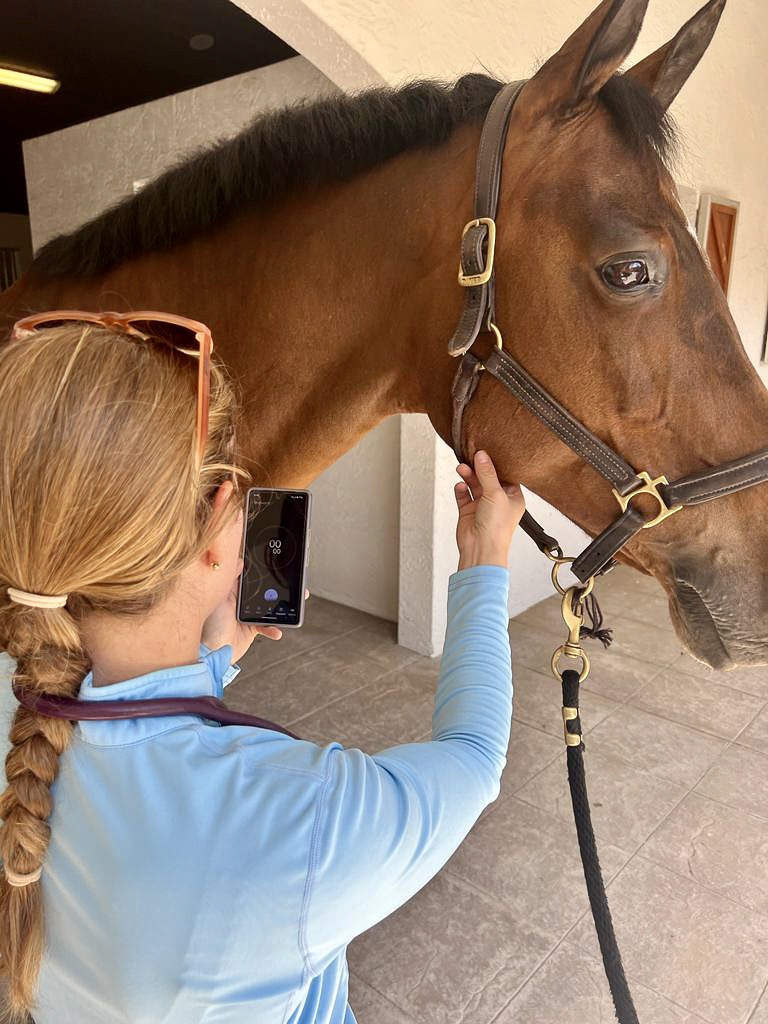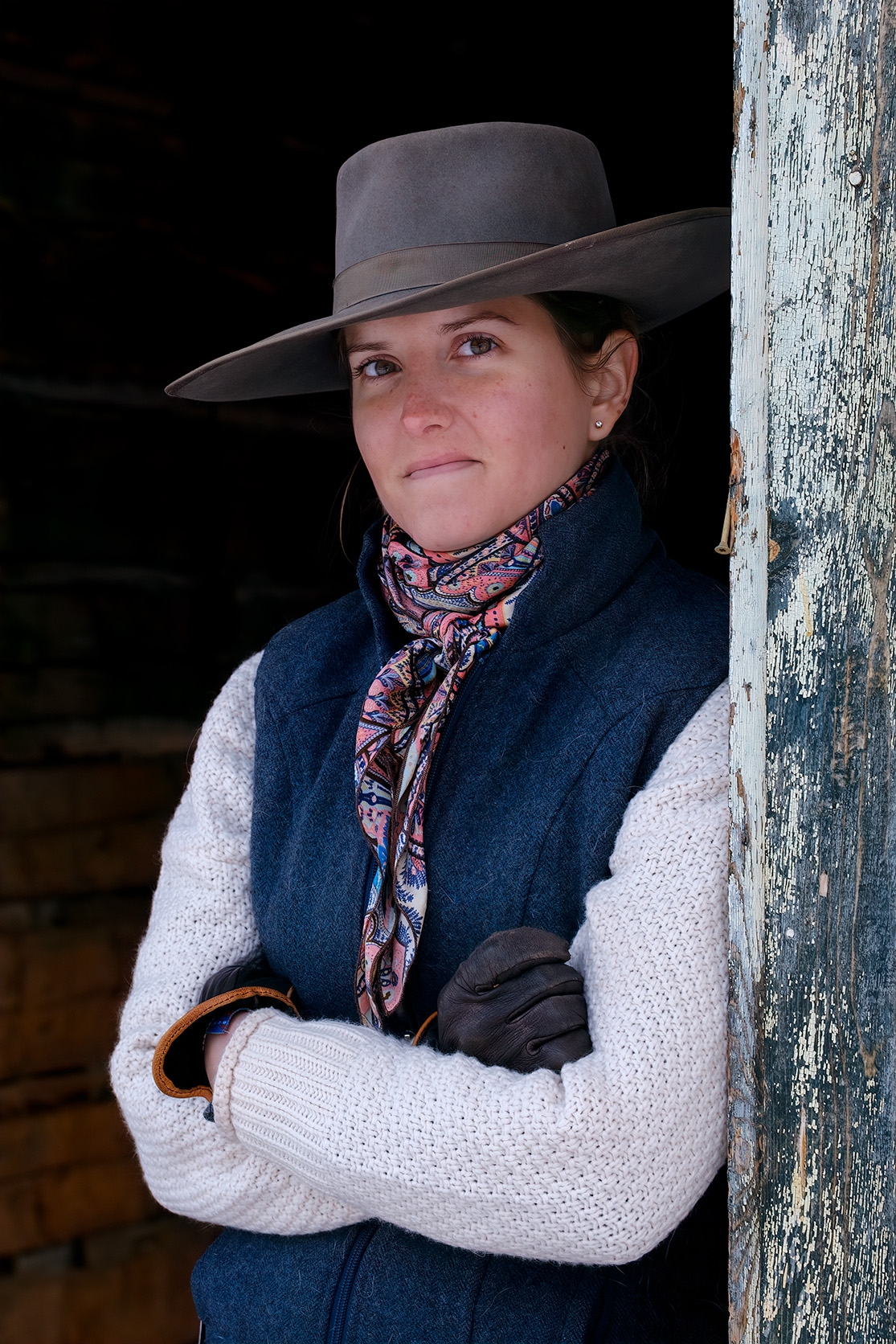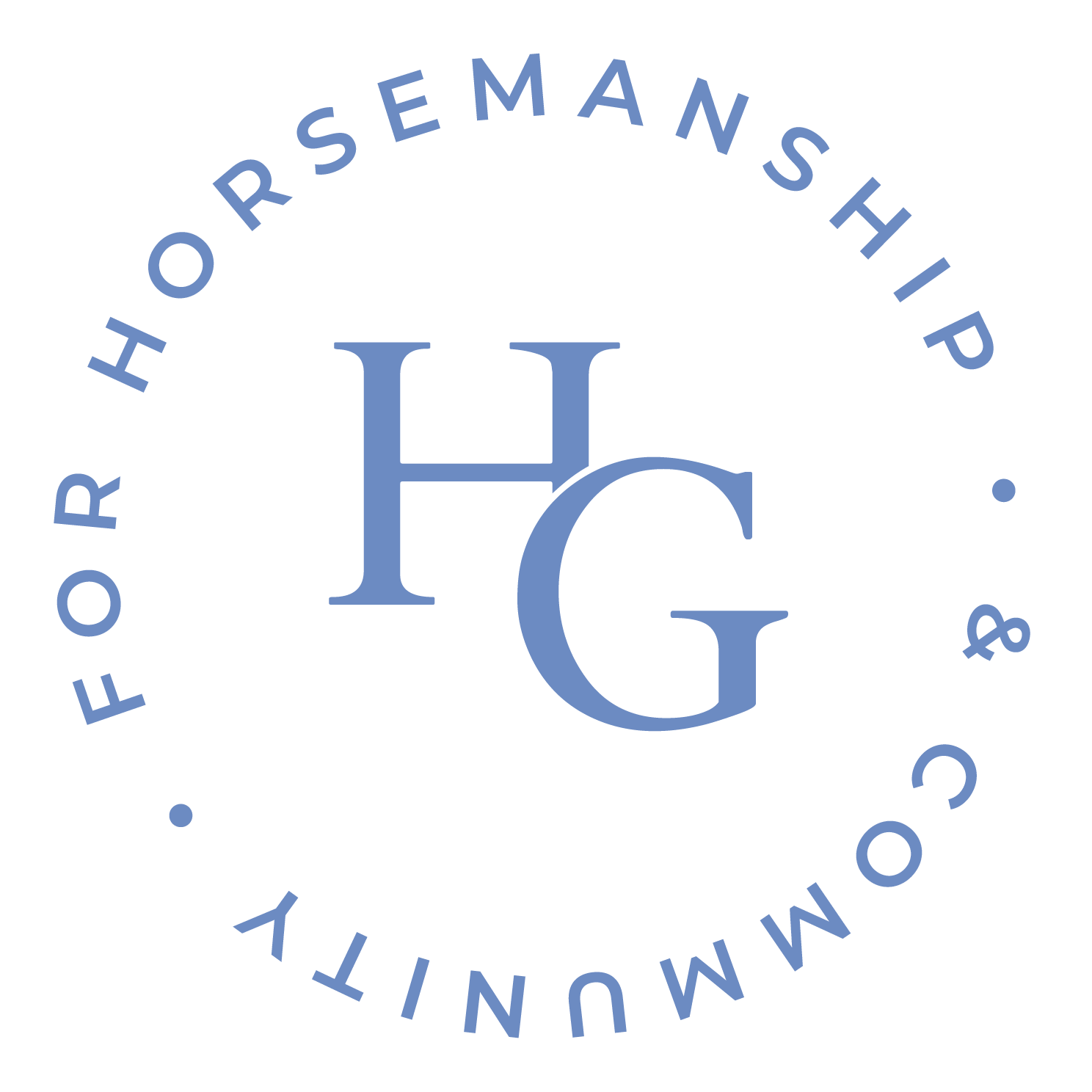It’s just another Tuesday morning. You’ve fed the horses breakfast and have just started cleaning stalls. When you get to Theo’s stall, you notice that he hasn’t touched his hay and only took a few bites of grain. This is not normal behavior, as Theo’s favorite thing in the world is food.
But how do you know if this change in behavior warrants a vet call? By taking his TPR you can gather more information and make a better decision. But what is TPR?
Simply, TPR stands for temperature, pulse, and respiration. These are the basic vital signs that you look for to help determine if something is wrong with your horse. If your horse isn’t eating, does it have a temperature? Or an elevated heart rate? How do you take a heart rate? And what is considered normal? These are all great questions, and knowing how to take your horse’s TPR is extremely helpful to your veterinarian when you call them up about certain behaviors.
| Normal vitals range for adult horse | |
| Temperature | 99.5-101.5⁰F / 37.5-38.2⁰C |
| Pulse | 28-44 beats/min |
| Respiration | 10-14 breaths/min |
Take a screenshot of this table and save it on your phone for a quick look-up when you need it.
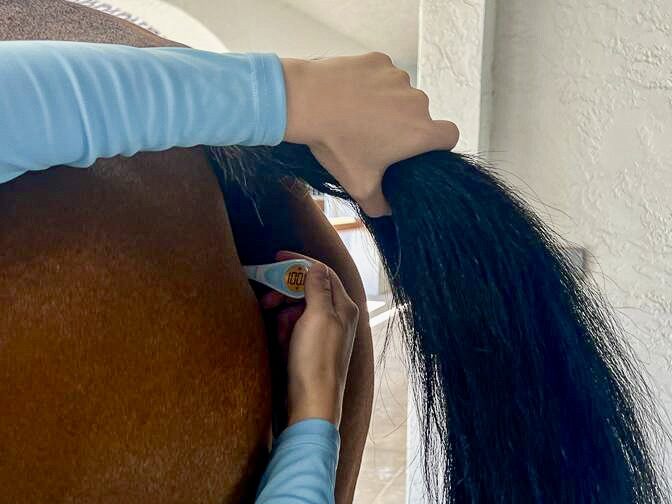
Temperature
The most accurate way to read your horse’s temperature is by taking it rectally. Yes, that means in the butt. And for grooms with mares, it’s the hole on top. A digital thermometer from the store works just fine, but I know several equine medical professionals who prefer a mercury thermometer for more accurate readings. However, mercury thermometers take longer to get a temperature from, so you’ll need to leave it in for a couple minutes (just remember to take the thermometer out!) For easy insertion, be sure to dip your thermometer in water beforehand.
According to the American Association of Equine Practitioners (AAEP), an adult horse’s normal temperature range is from 99.5 to 101.5⁰ F (37.2 to 38.5⁰C). Factors that can influence your horse’s temperature are hot weather, humidity, and whether the animal was just worked. It’s a good idea to regularly take your horse’s temperature at the same time- after breakfast for example- that way you’ll start to learn what’s normal for that animal.
One last note: Be sure to clean your thermometer after every use to prevent the spread of disease.
So, you’re cleaning stalls and you notice that Theo didn’t finish his breakfast. As you observe him, you notice that he just doesn’t seem like his bright, happy self. You take a temperature and the reader says 103.1⁰F. Theo has a fever.
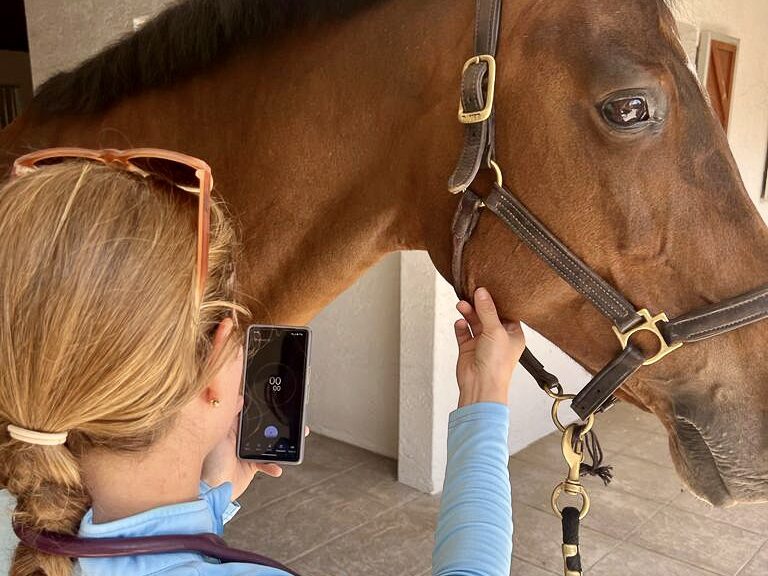
Pulse
If you have a stethoscope, you can easily listen to the horse’s heart on the left side, just behind the elbow. You can listen and count for a whole minute, or count for 15 seconds and multiply by 4 afterwards. According to the AAEP, the normal heart rate for an adult horse is between 28 and 44 beats per minute.
No stethoscope? No problem. Go to your horse’s head and feel underneath their cheek. You should be able to feel with two fingers a band about the thickness of a pencil. This is their facial artery. You can take a pulse there just like you would on someone’s wrist; with gentle pressure applied you can feel the heart rate.
After taking Theo’s temperature, you decide to gather more information and take a heart rate. You don’t have a stethoscope, so you use the facial artery. You find that Theo’s heart rate is 48 bpm.

Respiration
Pretty simple – count how many breaths your horse takes in one minute. According to the AAEP, a resting horse’s should be between 10 – 14 breaths per minute (bpm).
After taking Theo’s heart rate, you watch and count the rise and fall of his rib cage to get a respiration rate. You find that it’s 18 bpm.
Each of Theo’s vitals are elevated. He seems dull, and didn’t finish his breakfast. It’s time to call the vet and tell them all that you observed and learned.
The content of this article, including text, graphics, and images, is for educational purposes only and is not intended to be a substitute for veterinary medical advice, diagnosis, or treatment. Always seek the individualized advice of a licensed veterinary medical professional with any questions you may have regarding a veterinary medical condition or symptom.
